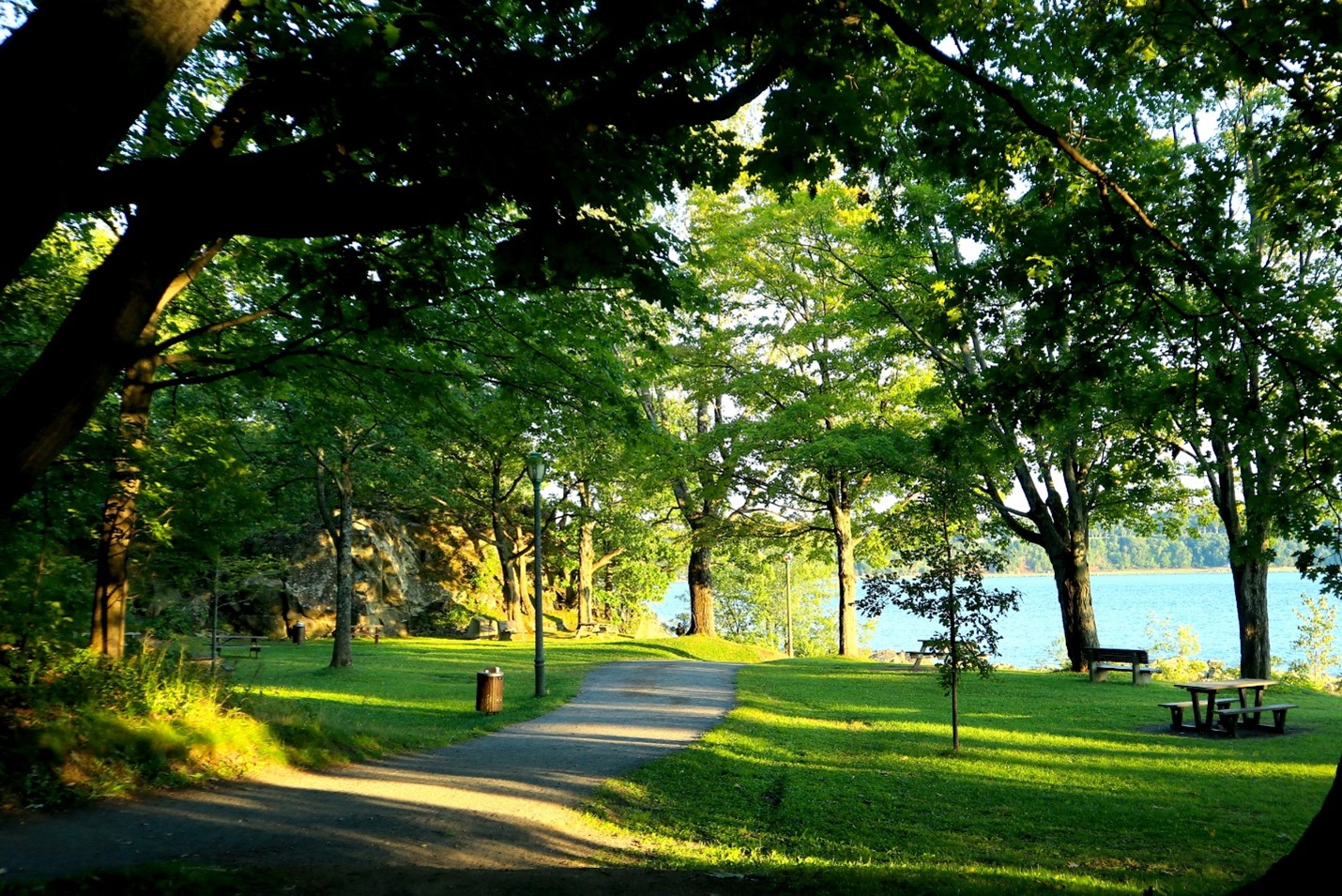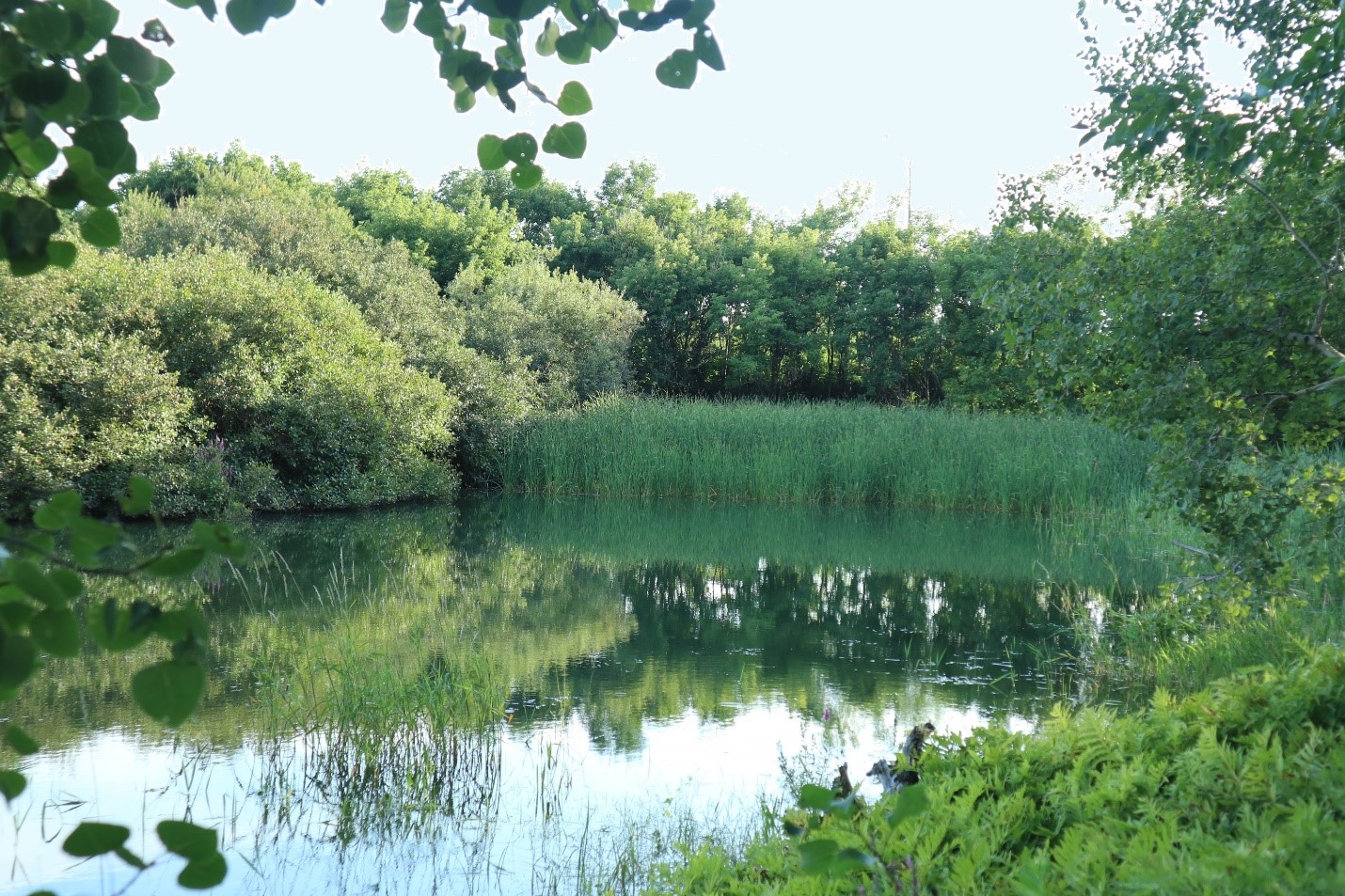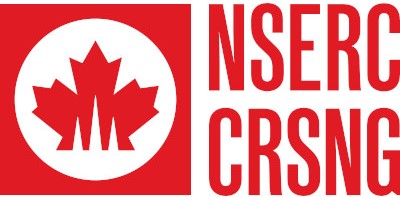
The Province of Quebec is home to landscapes that are essential for the well-being of human and non-human communities. Wetlands control floods, sequester carbon, and help ensure water quality in communities around them. Agricultural landscapes contain natural habitats that protect farmlands from soil erosion while serving as habitats for important pollinators. Greenspaces regulate temperatures in urban areas while providing recreational spaces for urban dwellers. These are just some of the many benefits that we can obtain from these landscapes.
However, historical and present-day challenges, such as pollution and rapid development, have caused a significant decline in the quality and extent of these landscapes.
Their sustainability is further threatened by emerging issues such as climate change, which is expected to intensify droughts, heatwaves, and storms, among many others. These landscapes must be protected, restored, or rehabilitated to ensure that they can continue providing benefits in the face of these issues.
With our team of researchers from McGill University – including professors Elena Bennett, Blane Harvey, Gordon Hickey, and MSc candidate Catherine Destrempres – and Université Laval, we collaboratively worked with several leaders and thinkers in the Province to co-imagine sustainable and resilient futures for the restoration and rehabilitation of Quebec’s wetlands, agricultural landscapes, and urban greenspaces. Our recently published report presents the 12 co-imagined “storylines of the future” or scenarios that can inform us of the advantages and risks of particular future pathways to the restoration of these landscapes.
Multiple pathways to green futures

The report underscores the importance of paying attention to the kind of vision of development and decision-making we prioritize when planning for the restoration and rehabilitation of these landscapes. For economic development, we co-imagined that we can take a “green modernization” pathway in which our restoration is based on maximizing both the economic and ecological outcomes of the restored landscapes. We can also take an “ecological restoration” pathway in which we provide equal but separate efforts in economic development and landscape restoration.
In terms of decision-making, we co-imagined that we can take a more “pluralistic” pathway that engages diverse knowledge and voices in developing decisions concerning restoration. On the other hand, we can also take a more “standardized” pathway that depends primarily on certain sources of knowledge, especially those generated from scientific research and experts’ knowledge.
Our report presents how the restoration of Quebec’s wetlands, agricultural landscapes, and urban greenspaces will plausibly unfold under these different pathways. We co-imagined these by developing “storylines of the future” or scenarios. Our scenarios show us that each pathway comes with its advantages and risks.
For example, wetlands under “ecological restoration” development and “standardized” decision-making pathways are imagined to benefit from high investments in scientific monitoring of their environmental health and condition. However, this future might come at the cost of limiting public access to wetlands, in turn reducing opportunities for recreational activities such as birdwatching and fishing.
In another example, we co-imagined that urban greenspaces will become more prevalent in cities under “green modernization” development and “pluralistic” decision-making pathways. We might see that cities have a variety of greenspaces ─ from rooftop forests, and community vegetable gardens, to butterfly meadows along path walks ─ that respond to the needs of diverse communities or groups. However, tensions might arise as one community or group have different or even contrasting greenspace visions and resource requirements.
Environmental futures research at McGill
Our report is just one of the key outputs from our research team at the Department of Natural Resource Sciences at McGill University that explores the environmental futures of Canada’s important landscapes. We are part of NSERC ResNet, a pan-Canada research network that studies the management, modeling, and monitoring of these landscapes. Our work on Quebec’s landscapes was also done in partnership with the Québec Centre for Biodiversity Science (QCBS) Knowledge-to-Action Initiative.
We hope that our report can help research, practice, and governance of these landscapes for sustainability and resilience.
For more information about the report, contact elson.galang@mail.mcgill.ca
 We acknowledge the support of the Natural Sciences and Engineering Research Council of Canada (NSERC). Nous remercions le Conseil de recherches en sciences naturelles et en génie du Canada (CRSNG) de son soutien.
We acknowledge the support of the Natural Sciences and Engineering Research Council of Canada (NSERC). Nous remercions le Conseil de recherches en sciences naturelles et en génie du Canada (CRSNG) de son soutien.
